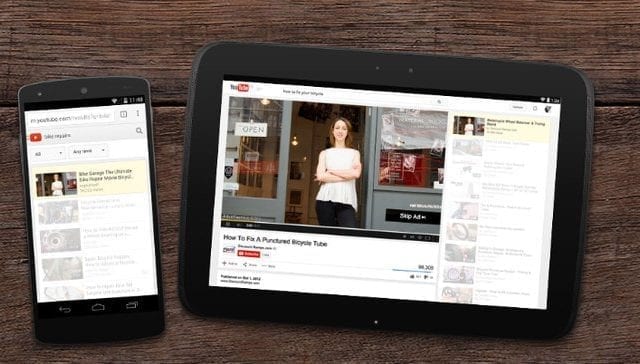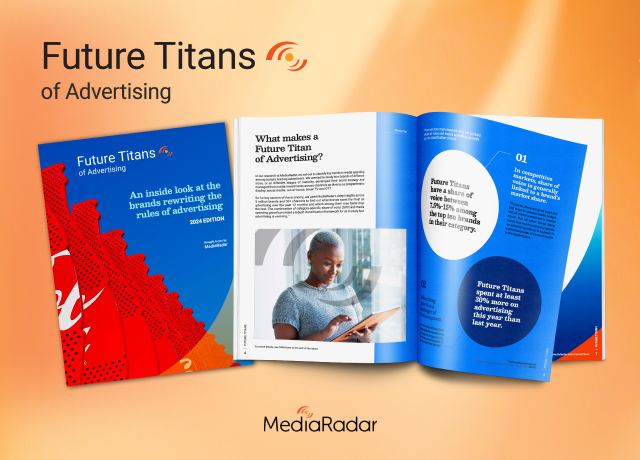Marketing Dive – Autoplay video ads are valued by publishers and advertisers for their ability to immediately catch the attention of users. However, the way that attention is caught is often viewed as intrusive and annoying, spurring the adoption of technology like ad blocking software. MediaRadar’s findings suggest growth of the autoplay format isn’t slowing, however, but its benefits are looking more and more like a short-term salve to a much larger problem in digital advertising.
Recent moves from major tech players like Google and Apple to punish sites that run autoplay ads only underscore how the format might be on its way out, though MediaRadar noted publishers are more likely to take a wait-and-see approach to these developments. The presence of autoplay ads also isn’t always a negative, especially for the aforementioned smaller sites with more niche audiences.
“These same websites have the highest incidence of auto-play video advertising,” Todd Krizelman, CEO and co-founder of MediaRadar, said in the release. “This should not be necessarily interpreted as bad news, since, presumably, video ads running on these sites are highly-targeted and likely to be well-received.”
Google, for its part, is planning to introduce a native ad blocker for its Chrome web browser next year that will specifically target poor or unacceptable ad experiences as defined by the Coalition for Better Ads, which it is a part of. Autoplay video ads fall under that category, and just last week Google said that it’s testing the ability to mute entire web pages at the push of a button in Chrome, a feature which would obviously extend to autoplay video. Apple has revealed a similar feature for Safari, another massively popular browser on desktop and also mobile thanks to the iPhone.
Dive Brief:
More than 60% of digital publishers autoplay at least half of their on-site video ads, according to a MediaRadar report made available to Marketing Dive. Nearly one-third of publishers autoplay 75% of their on-site video ad inventory or more, the firm said.
The report also determined there’s a low variance month-to-month among sites’ autoplay strategies, meaning most sites have chosen a model and followed it consistently throughout the year. MediaRadar examined nearly 63,000 video ads that ran from January through June 2017.
While there’s no single type of publisher that favors autoplay video ads, MediaRadar found that smaller sites with niche, regional, enthusiast or business-to-business content have the highest instances of autoplay video ads. Websites reliant on programmatic advertising were also more likely to employ this type of ad.




